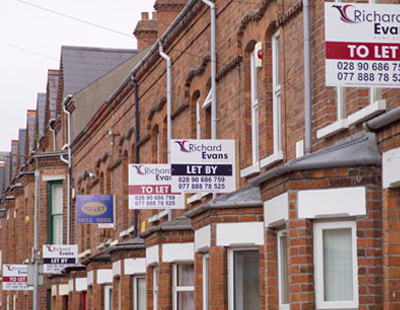Purpose built housing designed for rent rather than sale offers a unique and attractive proposition for tenants. These professionally managed buildings often include shared facilities such as common areas for socialising, bike storage and gyms, and typically offer longer tenancy agreements providing security for tenants.
In the UK, the BTR market began in London around 2012 and has since grown significantly. Today it accounts for approximately 7% of all new build homes in Britain and more than £4.7 billion in annual investment. Attracting more than half of overall investment in the sector, London often sees the largest BTR deals agreed – a recent example being Canada's QuadReal Property Group purchase of Realstar's £750m BTR portfolio of 1,335 units.
With the increase in developments across the city, the BTR market in London is maturing. This has seen developments spreading throughout the city to Wembley and Wimbledon, and financial return increasing. In fact, BTR properties demonstrate a 21% rental premium compared to traditional private rental properties.
Added to this, investors in the market have evolved with new players, such as retailer John Lewis, recognising the opportunity in the sector. For these reasons, investors and developers are beginning to look beyond the capital to opportunities across the country for BTR.
A closer look at the East Midlands
This has resulted in significant interest in the East Midlands, with 11 developments across the region producing 2,900 homes. In line with broader BTR trends, developments remain focused on urban centres with all but one of existing projects located in Nottingham, Leicester or Derby. The three cities dominate the current pipeline, with 18 developments planned across the next three years.
With large developments taking place across the region, the largest project to date is Leicester’s Merlin Wharf. Purchased in 2018 by the Swiss-based Cording Real Estate Group (formerly Edmond de Rothschild) and situated on the city’s River Soar, the development contains 384 units for the city’s residents. Cording has since confirmed its second venture in the city, with a £24.5m plan to turn
Wellington House into 160 high-quality units. ‘Our research forecasts a sustainable high demand for affordable, professionally managed accommodation in Leicester,’ says the company’s director of residential acquisitions.
This optimism is shared by other BTR providers, including local specialists Wise Living. Enthusiasm for the sector comes from investors, developers, and tenants, says its partnerships director Mark Gratton, ‘Interest streams from the buoyancy of the current market as well as predictions for further growth.’
This demand is also driving the letting times and rental value of BTR properties in Leicester and across the UK. In fact, the average letting time for a BTR property is the same in Leicester as it is in London – 30 days. Average rent for a BTR unit across the UK is £1,786 compared to £1,088 in Leicester, which highlights the potential for growth.
The future of BTR
As the BTR market goes from strength to strength, the next hotspot isn’t expected to be a city – with the sector moving out to the suburbs. A report from Knight Frank highlighted a surge of interest in suburban projects, such as Goldman Sachs £200m partnership with developers Urban & Civic, predicting that the market could be worth as much as £7.8bn within five years.
With this move out of the city, the profile of BTR tenants is expected to diversify beyond its current focus on young professionals, working couples and students, to include families. This will be a significant change from today’s profile, where according to a study from Dataloft and the British Property Federation, families represent only 7% of BTR residents compared to 22% in the traditional private rental sector.
This presents a significant opportunity for investors, developers and families in the East Midlands, with the future potentially holding a new rental property type for families to consider and enjoy. In fact, two new developments – Ingram Park in Boston and The Old Brewery in Mansfield – are already underway and will consist of houses for families.
The BTR sector shows no sign of declining across the country or in the East Midlands and with investors and developers looking outside of London, there is a clear opportunity for cities to grow and tenants to benefit from longer tenancy agreements and managed facilities.
*Anna Reed is Data Director at EG. She has 20 years of experience in digital real estate data having worked on Propertylink, EGi and Radius









.png)










Join the conversation
Be the first to comment (please use the comment box below)
Please login to comment